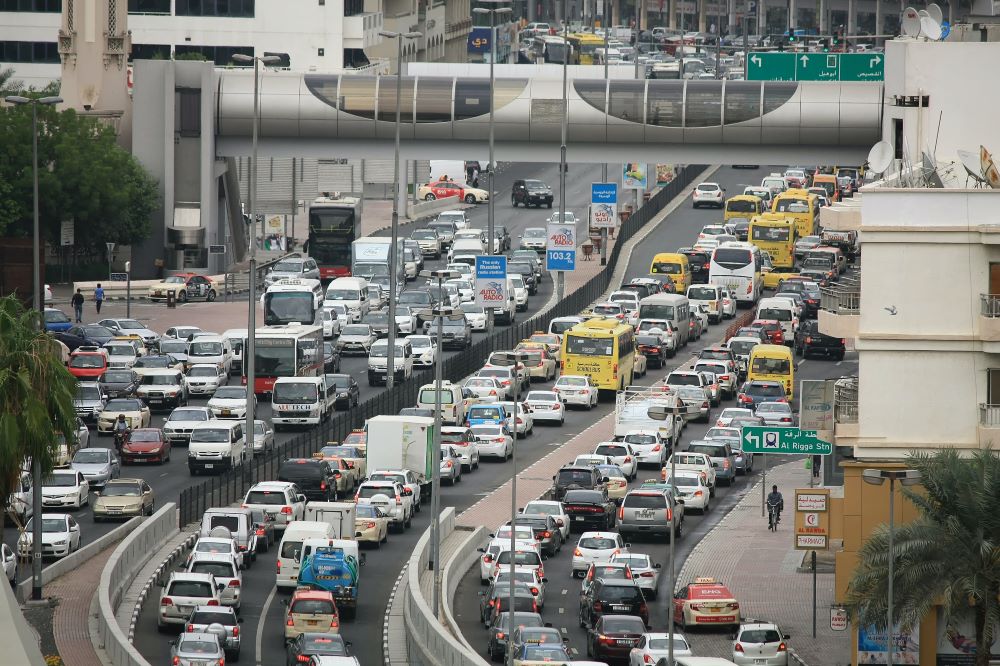Investing in dedicated cycling infrastructure, implementing safety measures, and prioritizing active transportation can help create more livable and equitable cities.
Car-centric infrastructure, characterized by roads designed primarily for automobiles, has long dominated urban planning and transportation systems. However, the consequences of this approach are becoming increasingly evident, particularly for cyclists. As cities strive to create more sustainable and livable environments, it is crucial to examine the impact of car-centric infrastructure on cyclists and explore potential solutions. This article aims to shed light on the challenges faced by cyclists and the negative consequences of car-centric infrastructure, highlighting the need for change.
Lack of Safety Measures for Cyclists
One of the most significant consequences of car-centric infrastructure is the lack of safety measures for cyclists. Traditional road designs often prioritize vehicular flow and speed, neglecting the safety of vulnerable road users like cyclists. As a result, cyclists face a higher risk of accidents and injuries. Insufficient cycling infrastructure, such as bike lanes and protected intersections, makes it difficult for cyclists to navigate safely.
Studies have consistently shown that dedicated cycling infrastructure, such as separated bike lanes, significantly reduces the likelihood of collisions between cyclists and motor vehicles. However, in many car-centric cities, the provision of such infrastructure remains inadequate. This lack of safety measures discourages potential cyclists, limiting the adoption of active modes of transportation and perpetuating car dependency.
Health and Environmental Impacts
Car-centric infrastructure not only affects cyclists’ safety but also has significant health and environmental consequences. The dominance of cars contributes to air pollution, noise pollution, and increased carbon emissions. This deteriorating environmental quality negatively affects the health and well-being of cyclists and the broader community.
Cyclists commuting in car-centric cities often experience higher levels of air pollution due to proximity to vehicle emissions. Long-term exposure to pollutants can lead to respiratory problems, cardiovascular diseases, and other health issues. Moreover, the sedentary nature of car-dependent lifestyles contributes to rising obesity rates and associated health problems.
Encouraging cycling as a mode of transportation offers a solution to these health and environmental challenges. Promoting active transportation, such as cycling, can reduce air pollution and greenhouse gas emissions while improving overall public health. However, achieving this transition requires substantial changes in urban planning and infrastructure.
Inequitable Access and Mobility
Car-centric infrastructure also perpetuates inequitable access and mobility. The emphasis on cars in urban planning often creates barriers for individuals who rely on cycling as their primary mode of transportation. Low-income communities, in particular, suffer the consequences of car-centric infrastructure, as they may have limited access to affordable and reliable public transportation alternatives.
Moreover, the lack of adequate cycling infrastructure in marginalized neighborhoods further exacerbates transportation inequities. Cyclists from these communities face more significant challenges in reaching essential services, educational institutions, and employment opportunities. This lack of access not only hinders social and economic mobility but also perpetuates existing inequalities.
Economic Implications

The consequences of car-centric infrastructure extend beyond the social and environmental realms; they also have economic implications. The focus on cars often leads to excessive investment in road expansion and maintenance, while neglecting alternative modes of transportation. This imbalance in investment can strain public budgets and limit resources available for other essential services.
Furthermore, car-centric infrastructure tends to prioritize parking spaces, which consume valuable urban land. These parking areas often sit vacant for extended periods, resulting in underutilization of valuable urban space. In contrast, investing in cycling infrastructure can provide a more cost-effective solution, with cycling infrastructure requiring less space and maintenance compared to roads and parking facilities.
Conclusion
The consequences of car-centric infrastructure on cyclists are vast and multifaceted. From safety concerns and health impacts to inequitable access and economic implications, the negative consequences of prioritizing cars in urban planning are becoming increasingly evident. Recognizing the need for change, cities around the world are starting to prioritize cycling infrastructure and shift towards more sustainable transportation systems.
Investing in dedicated cycling infrastructure, implementing safety measures, and prioritizing active transportation can help create more livable and equitable cities. By reducing car dependency and encouraging cycling, we can improve safety for cyclists, mitigate environmental damage, promote public health, and enhance overall mobility and accessibility for all members of the community. It is time to reevaluate our car-centric approach to urban planning and build cities that prioritize the needs of all road users. If you find yourself in a complicated situation, don’t be afraid to reach out to a bicycle accident lawyer from Berger & Green.


Join the conversation!